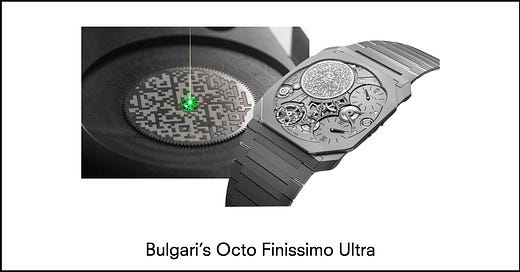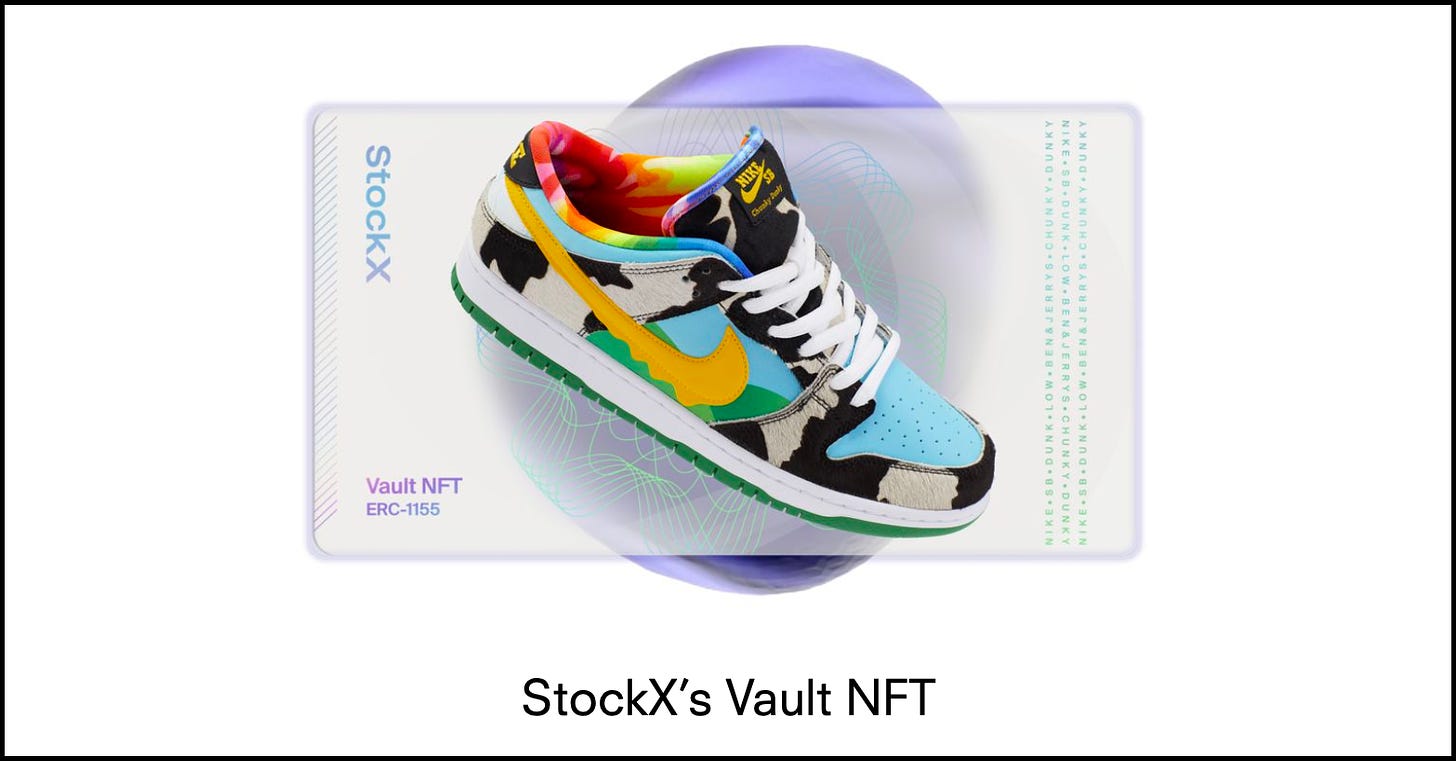In the documentary Sour Grapes, we hear the story of Rudy Kurniawan, a skilled fraudster who flooded the fine wine market with fugazis for many years.
His ruse was possible – before the FBI broke down his door – thanks to his abilities in understanding and reproducing the characteristics of renowned vintages. He’d carefully blend other, less expensive, fine wines into precise concoctions that closely resembled the taste and nose of higher value bottles – from Petrus to Domaine de la Romanée-Conti. These were decanted into bottles with carefully replicated and aged labels.
Masterful counterfeiting aside, the fraud was possible thanks to there being no real litmus test to authenticate fine wine. In the end, Kurniawan tripped up over practical mistakes, such as releasing at auction a fake bottle of a vintage that never actually existed. But seasoned pros could barely tell based on appearance and taste; his counterfeit wines continue to be present in many of the world’s top cellars – with or without their owner’s knowledge.
Counterfeiting has always been the thorn in luxury’s side. And since luxury has gone digital, that pain has only grown. Particularly with the rise and rise of the luxury resale market, there is now a greater need for watertight ways to prove your archive jawnz from Grailed are indeed the real deal. Many of the resale industries attempts to solve this have been based on people identifying certain product characteristics – a laborious process, difficult to scale, and far from perfect.
Web3 promises many things, depending on which of the laser-eyed crypto evangelists you follow on Twitter. But one practical application for luxury is in authentication. Thanks to blockchain tech, there’s now – in theory at least – a near absolute way to determine that a digital object is, in fact, what it claims to be.
This verifiable digital scarcity has obviously laid the groundwork for all cryptocurrency, digital assets and NFTs, allowing them to become what they are today. And it has surely comforted luxury brands as they continue to experiment and release digital products in this space. But many of these brands’ forays so far are based solely in the virtual space – digital objects that live in virtual worlds, social media posts, or saved as an asset on cold storage.
When a digital product relates to a physical one is where things get interesting. I once spoke to c-suite exec at a LVMH brand who expressed desire in exploring how digital services could be added to their physical goods, using these in some way to enhance the experience of ownership for their customers. Thanks to Web3, luxury brands have an opening to apply this – and for very practical reasons.
Just this past month, Bulgari launched its Octo Finissimo Ultra – a paper-thin timepiece that’s only 1.8mm thick. On the mainspring barrel lies a decorative QR code which, when scanned, allows the owner to access a corresponding NFT that’s unique to the watch. It’s probably the deepest integration of a virtual object into a physical product that I’ve seen yet. And as much as it offers a fun, virtual experience alongside the timepiece itself, it effectively provides a sort of digital certificate for the duration of the product’s existence. It makes me think about the Patek Philippe slogan of how you never actually own its watches, instead preserving them for the next generation. Only in this case, it comes with an added blockchain guarantee.
Another related idea is StockX’s Vault NFTs project, which was launched earlier this year (and immediately sued by Nike, but let’s just skip that part). Each Vault NFT is tied to a physical product, which is stored safely in StockX’s vault; when one is bought, the other is also owned. StockX – a sort of alternative asset trading space as much as an e-commerce platform – was compelled to try this initiative as it sees NFTs as having an affinity with its marketplace DNA. The idea will apparently also enable quicker, lower-fee trading between users and their products on the platform.
Back in the wine world, several producers have experimented with NFTs, creating various kinds of special digital editions – but most of these appear to be gimmicky brand engagement initiatives.
However, one worth looking at – again, an instance of a digital product being attached to a physical one – is Australian producer Penfolds’ NFT launch earlier this year, created in partnership with BlockBar, an NFT provider that seems to specialise in asset-backed tokens. Essentially, someone can purchase one of Penfold’s NFTs, which also gives them ownership of some Penfold vintage, helpfully kept in a cellar as part of the proposition. That owner can then ‘gift’ the NFT to someone else (effectively a trade), handing over the NFT without having to deal with the movement of the physical wine itself. All of this is done securely, with cryptography providing air-tight authentication of the wine.
While there may still be novelty and excitement with luxury’s forays into Web3, when the market cools off (and there are signs in the wider NFT world that it has), surely these practical applications will remain as useful tools to authenticate, track provenance (crucial to luxury), and provide better ways to exchange luxury goods in the fast-growing secondary and second-hand markets. At that point: good luck to any future Rudy Kurniawans.





Hi! 😊 Don't know if you might be interested but I love to write about sustainability (fashion, travel and our relationship with clothes). I'm a thrift shopping and vintage clothing lover who likes to explore the impact textile industry and consumistic culture have on the environment and also what people can do to shift the tendency.
• • •
https://from2tothrift.substack.com/